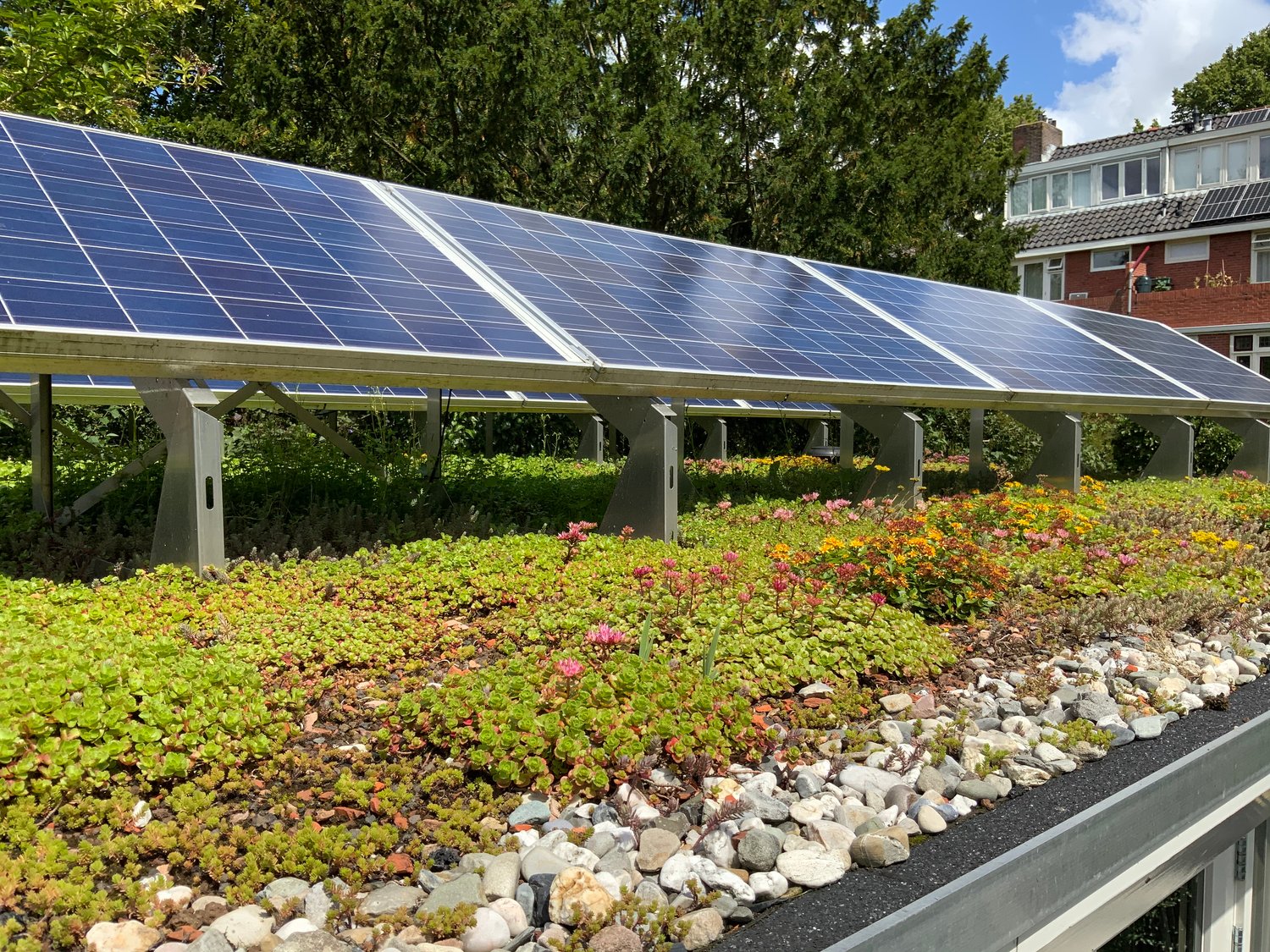The energy crisis, exacerbated by the tragic invasion of Ukraine, has shown how serious Europe’s energy dependence on Russia’s natural gas and oil is. European Governments and the international community are now working on short- and medium-term solutions to increase energy security. These include, among others, plans to diversify energy supplies, the very bad idea to reopen nuclear plants and return to coal, and the excellent idea to boost renewable energy sources. Investing in energy efficiency and renewables should have been our governments first political priority for energy security for decades.
With the recent release of REPowerEU, a Joint European Action for more affordable, secure and sustainable energy, the European Commission recommends deploying 420 GW of solar capacity by 2030. As part of this effort, the communication, dated March 8, 2022 states that the Commission “will present in June a communication on solar energy with the aim of helping unlock solar energy’s potential as a major renewable energy source in the EU. Based on an analysis of the state of play of solar energy across the EU, the solar strategy will propose a European Solar Rooftops Initiative, which will identify barriers, propose measures to accelerate the roll-out and ensure that the public can fully reap the benefits of rooftop solar energy”.
The European Solar Rooftops Initiative presents a unique opportunity to maximize the impact for cities and citizens promoting the combination of green infrastructure and solar installations on every rooftop and impervious surface where it is economically and technically feasible. Biosolar installations, which combine green roof and solar energy technologies together, would change our urban environment. Individual homes, building blocks and local energy communities would satisfy their energy needs with solar energy produced on site or nearby. Green roofs and other forms of vegetation would increase urban biodiversity. From an energy perspective, by reducing stormwater runoff and urban heat island effect, green roofs could also significantly decrease the energy required to treat rainwater and cool our cities while also increasing the production efficiency of rooftop solar installations by anywhere from 5 to 15 per cent. Green roofs also provide the ability to ballast racking systems for solar panels without any roofing penetrations. And because green roofs protect the underlying waterproofing, extending its life expectancy beyond 40 years, there is no need to remove solar panels and reroof in the future.

